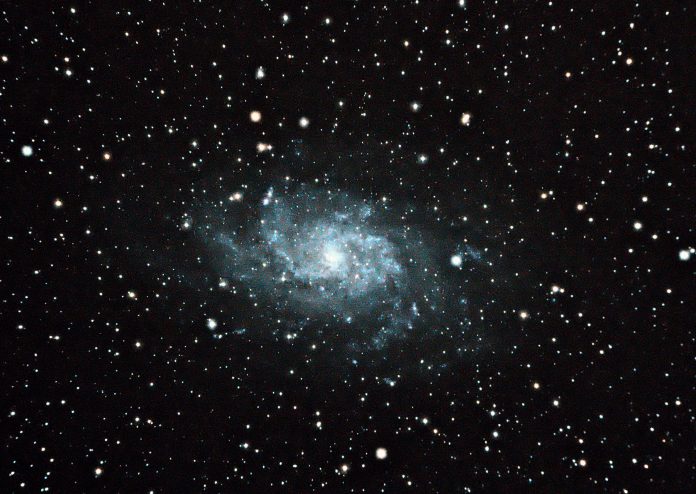Astronomer have recently started exploring the galaxy IC 3225 with their telescopes, this has shown a scene reminiscent of a cosmic cannonball moving through the universe
Captured by the NASA/ESA Hubble Space Telescope, this image shows the galaxy as it streams through space, trailing a tail of gas that gives it a comet-like appearance.
IC 3225 galaxy
Located about 100 million light-years away in the Virgo galaxy cluster, IC 3225 is one of over 1,300 galaxies in this dense cosmic neighbourhood. The environment within the Virgo cluster is rich with galaxies but also filled with a hot, diffuse gas known as the intracluster medium. This medium has a significant influence on the galaxies that traverse it, creating a dynamic setting ripe for cosmic interactions.
As IC 3225 flows through this thick gas, it experiences a phenomenon known as ram pressure. This force acts against the galaxy, stripping away gas and dust that are crucial for star formation. While this stripping can restrict the creation of new stars, it can also trigger bursts of star formation in other areas of the galaxy as the gas is compressed.
The virgo cluster
In the case of IC 3225, the effects of ram pressure are evident; the galaxy appears notably compressed on one side, where star formation is thriving, while the opposite side has been stretched and distorted.
IC 3225 is currently positioned away from the core of the Virgo cluster, suggesting that its unique shape is a result of previous encounters with the intracluster medium.
Astronomers theorise that this galaxy has experienced significant ram pressure stripping in the past, shaping its current form. The distortion hints at potential interactions with neighbouring galaxies, emphasising the chaotic nature of cosmic environments.
IC 3225 acts as a reminder of the immense forces at play in the universe. As galaxies like IC 3225 navigate through the crowded expanse of the Virgo cluster, they are constantly reshaped and influenced by the gravitational and physical pressures of their surroundings.






